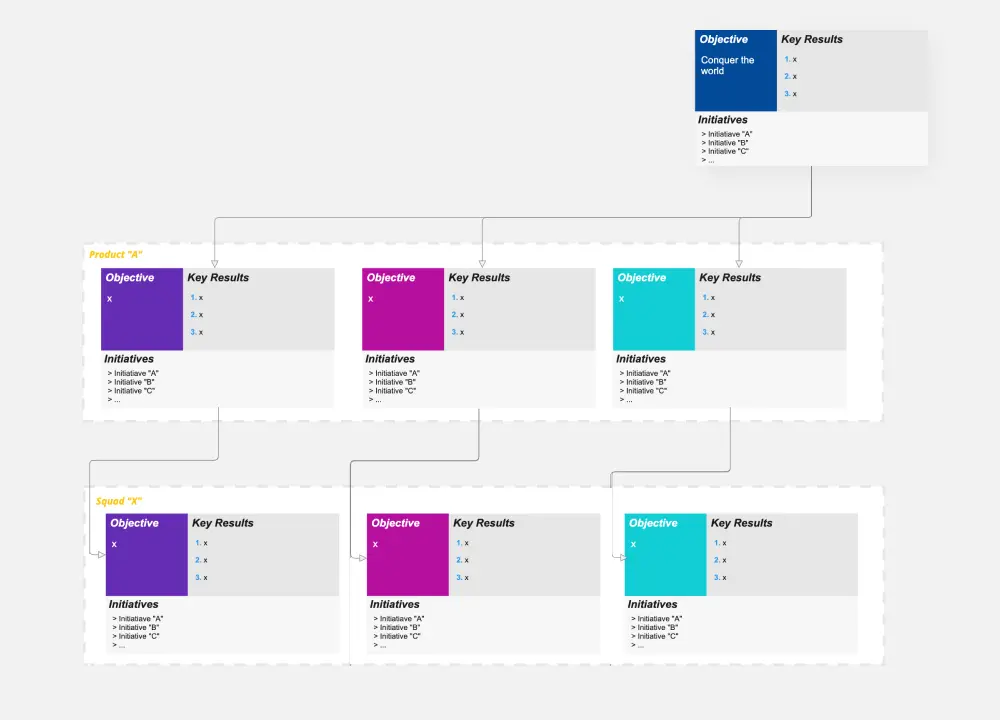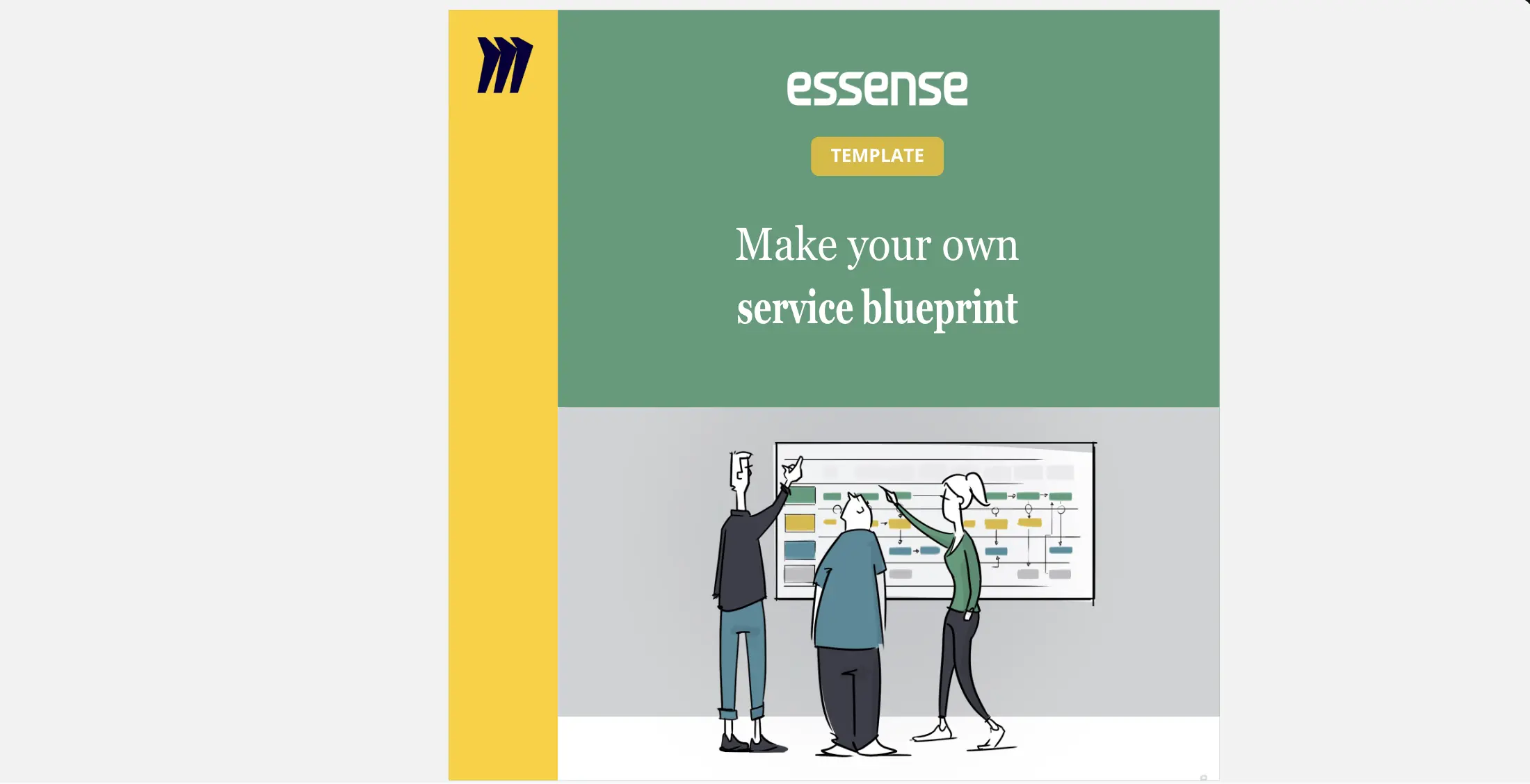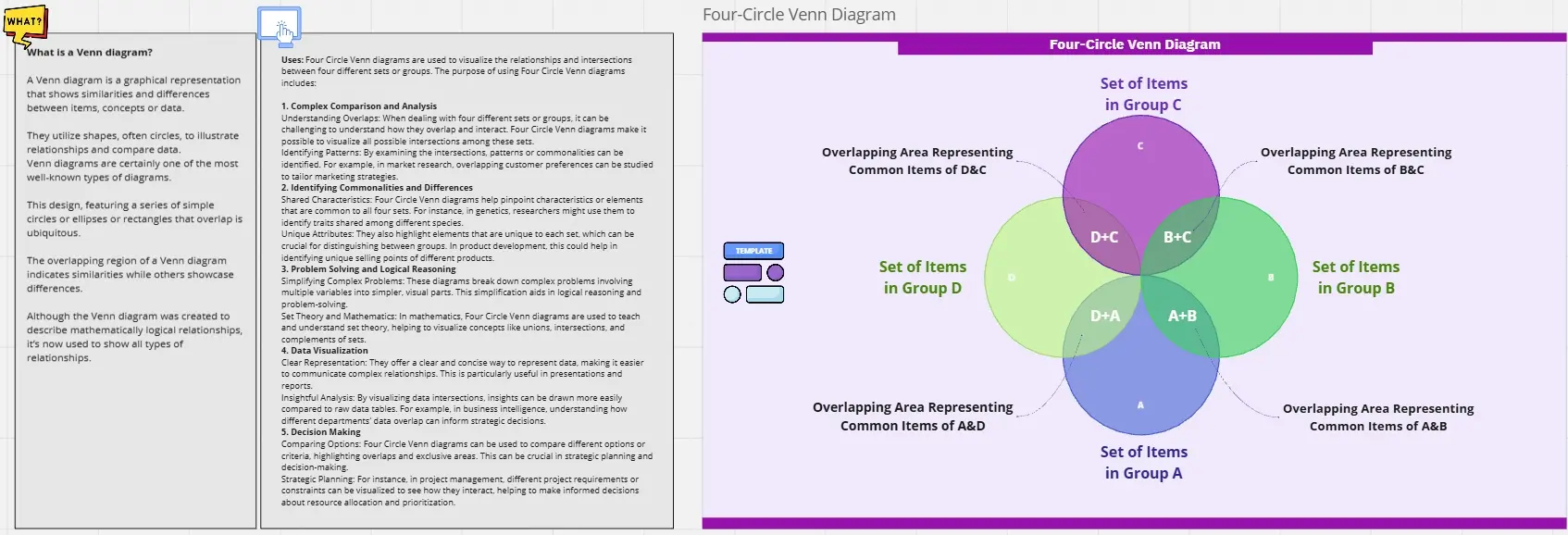BPMN for IT Service Delivery Management
Business Process Model and Notation (BPMN)
is a graphical representation for specifying business processes in a business process model. It provides a standard way to model the steps in a business process. This standard is maintained by the Object Management Group (OMG). BPMN is designed to be understood by all business stakeholders, including business analysts who create and refine the processes, technical developers responsible for implementing the processes, and the business people who manage and monitor the processes.
BPMN Symbols
Flow Objects:
Events: Represent something that happens (start, intermediate, and end). They are represented by circles.
Start Event: A thin-lined circle.
Intermediate Event: A double-lined circle.
End Event: A thick-lined circle.
Activities: Represent work that is performed within a business process. They are depicted by rounded rectangles.
Task: A single unit of work.
Sub-process: A set of tasks grouped into a single activity.
Gateways: Decision points that can split and merge the flow of the process. They are represented by diamonds.
Exclusive Gateway (XOR): Only one path can be taken.
Parallel Gateway (AND): All paths are taken.
Inclusive Gateway (OR): One or more paths can be taken.
Connecting Objects:
Sequence Flow: Shows the order of activities. Represented by a solid line with an arrow.
Message Flow: Shows the flow of messages between participants. Represented by a dashed line with an arrow.
Association: Links artifacts with flow objects. Represented by a dotted line.
Swimlanes:
Pool: Represents major participants in a process.
Lane: Sub-partitions within a pool to organize activities.
Artifacts:
Data Object: Shows the data required or produced by activities.
Group: Used to group different activities.
Annotation: Provides additional text information.
Uses
Business Process Improvement
Software Development
Compliance and Risk Management
Training and Onboarding
Project Management
Customer Service and Support
Supply Chain Management
Financial Processes
Healthcare
Human Resource Management
Example: IT Helpdesk Service Delivery Management
a detailed BPMN Process Diagram for IT Helpdesk Service Delivery Management involves outlining all the steps, roles, and interactions involved in managing and delivering IT support services. Here's a step-by-step breakdown and explanation:
Main Phases and Activities
Incident Reporting
Incident Logging and Categorization
Incident Prioritization and Assignment
Incident Diagnosis and Resolution
Incident Closure and Review
Continuous Improvement
BPMN Process Diagram Elements
Start Event: Represents the initiation of the process.
Tasks/Activities: Specific actions or steps within the process.
Gateways: Decision points that determine the path of the process flow.
End Event: Indicates the completion of the process.
Swimlanes: Represent different roles or departments involved in the process.
Artifacts: Annotations or data objects that provide additional information.
Explanation of Key Steps
User Reports Incident: This is the first step where a user identifies an issue and reports it to the IT helpdesk. The reporting can be through various channels like email, phone, or a web portal.
Log Incident: The helpdesk agent logs the details of the incident into the IT Service Management (ITSM) tool, capturing necessary information such as user details, incident description, and timestamp.
Categorize Incident: The helpdesk agent categorizes the incident to ensure it is directed to the correct support group.
Prioritize Incident: Incidents are prioritized based on predefined criteria, typically considering the impact and urgency of the issue.
Assign Incident: The incident is assigned to the appropriate IT support team or individual.
Diagnose Issue: The IT support team diagnoses the problem to identify the root cause and determine the appropriate resolution.
Resolve Incident: The support team implements a solution or workaround to resolve the issue.
User Confirmation: The user is asked to confirm if the issue has been resolved to their satisfaction.
Close Incident: Once the user confirms resolution, the helpdesk agent closes the incident in the ITSM tool.
Review Incident: The helpdesk manager reviews the incident to ensure it was handled correctly and identifies any areas for improvement.
Analyze Incident Data: The helpdesk manager analyzes incident data to identify trends, recurring issues, and areas for process improvement.
Implement Improvements: Based on the analysis, the IT team implements necessary changes to improve the helpdesk process and prevent future incidents.
This detailed BPMN process diagram and explanation should provide a comprehensive guide to managing IT Helpdesk Service Delivery.
Goodluck and drop your feedback.
Regards
Khawaja Rizwan
Categories
Similar templates






